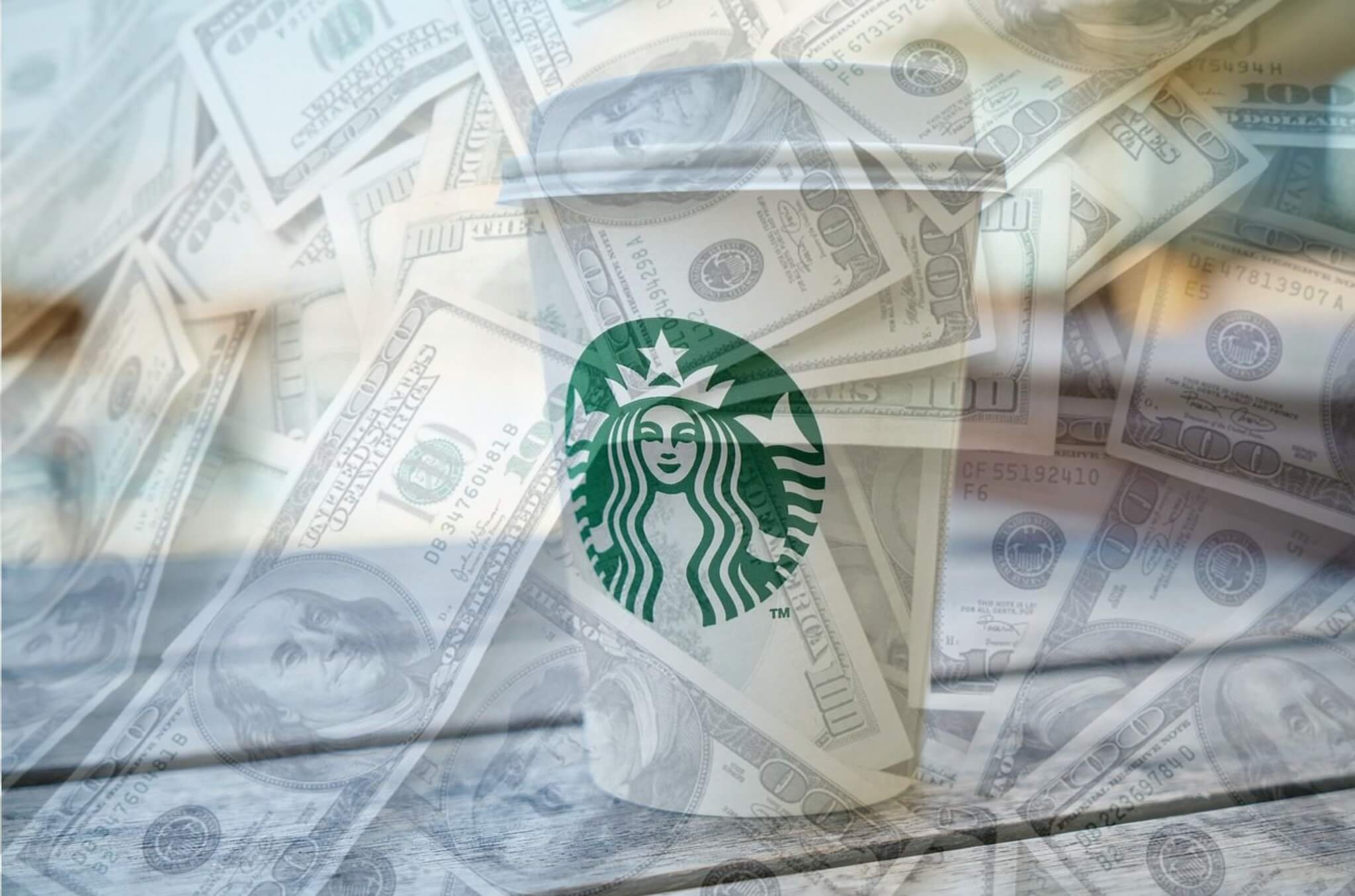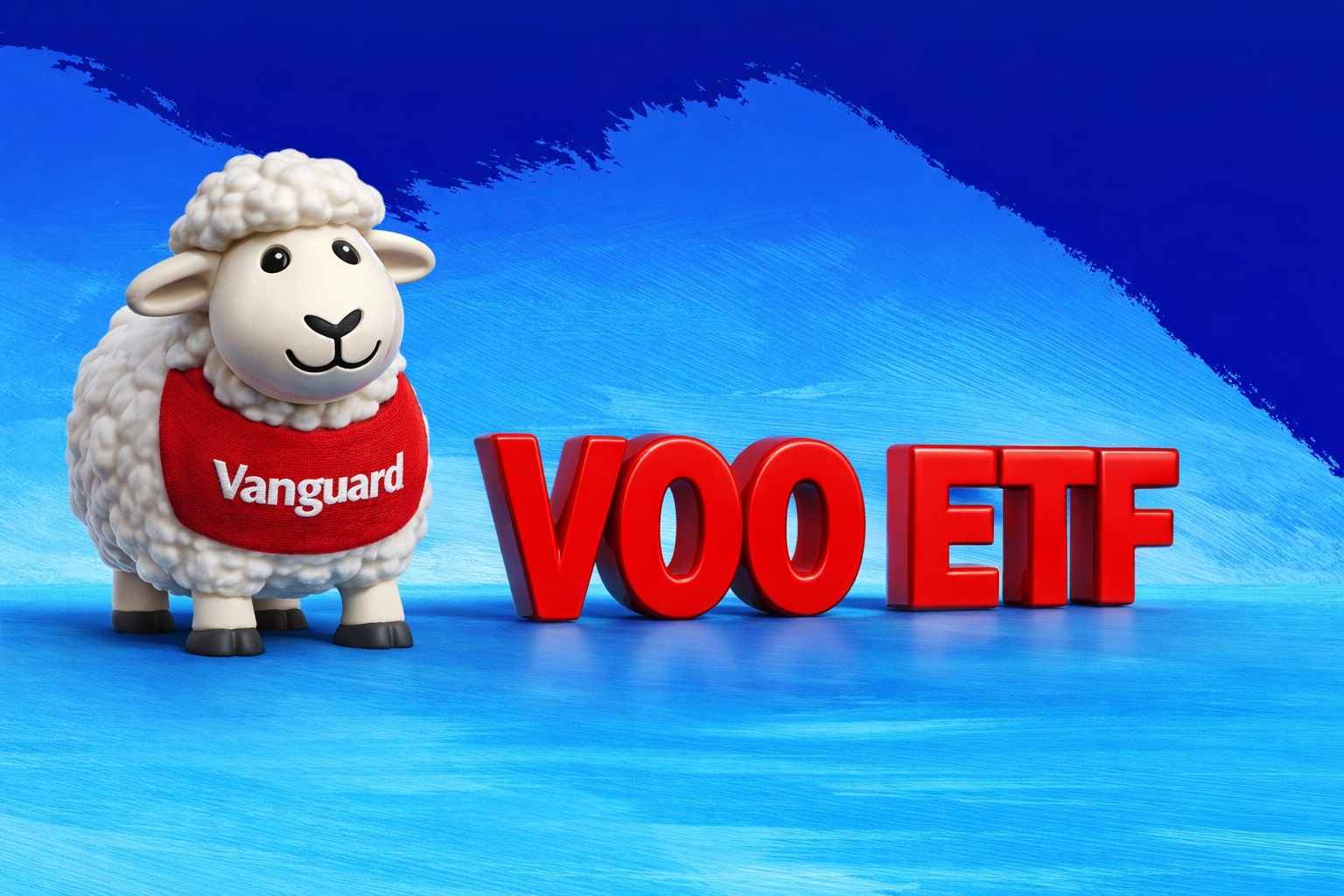
Starbucks Fast Food Stocks NASDAQ:SBUX Financials
Unpacking Valuation Metrics, Revenue Breakdown, Growth Plans, and Competitive Landscape of a Coffee Giant | That's TradingNEWS
Starbucks: Beyond The Traditional Coffee Experience
NASDAQ:SBUX Continues to Innovate
Starbucks, having once revolutionized the premium coffee experience, has now shifted its emphasis as seen by a significant 75% of sales coming from cold beverages in recent months. They've illustrated their ability to stay ahead of the curve, consistently giving customers what they're thirsty for.
Impressive Growth Metrics
In the third quarter of fiscal 2023, Starbucks witnessed a 12% rise in revenue compared to the previous year. This surge was propelled by a 10% increase in comparable sales. International markets notably outperformed domestic ones, registering a 24% growth as opposed to North America's 7%. Amid potential saturation concerns, the brand showcased its ambition by crossing 37,000 stores and laying out plans to touch 55,000 by 2030.
The company didn't just flourish in terms of revenue. Profitability also soared, with earnings per share clocking in at $0.99, a substantial 25% growth from the preceding year. Furthermore, their operating margin saw expansion, moving from 15.9% to 17.3%.
Adapting to the Times
Despite its prosperous journey before the pandemic, the alteration in consumer shopping behaviors posed challenges for Starbucks. The growing affinity for digital channels combined with remote working translated into fewer commutes and consequently fewer coffee stops.
Under the vision of Howard Schultz, who returned briefly as the CEO, the brand reimagined its approach for this evolving era before transitioning leadership to Laxman Narasimhan. Starbucks now endeavors to establish smaller, tech-driven outlets in suburban zones. This includes exclusive order-only stores and an increase in drive-thrus. Addressing customer concerns, investments are also being made in enhancing equipment to expedite service. Innovating as always, cold brews have become a pivotal offering, and experimentation is underway with diverse dining options. Notably, beverage modifiers, such as cold foam, are raking in a staggering $1 billion in annual sales.
Strengthening Customer Loyalty
To further boost sales, Starbucks revamped its loyalty program. The global active membership saw an impressive 25% jump from the previous year, touching 75 million, including a 15% surge in U.S memberships. These loyal patrons represented 57% of sales in Q3, marking a 3% ascent from last year. This digitally-augmented program is slated to be a vital catalyst for growth, holding potential for spurring even higher sales in the future.
Challenges on the Horizon
Although the change in leadership seems promising, several hurdles remain. A significant concern is the ongoing tug-of-war between Starbucks and its employees over unionization. Addressing this, Narasimhan highlighted a decrease in barista attrition rates by 11% from the prior year. Employee wages also saw a 20% increment, indicating Starbucks' commitment to ensuring staff contentment.
Externally, the COVID-19 aftermath is still looming. Extended store closures in China impacted the brand, although the sales bounce-back of 51% compared to last year in the region is a positive sign.
NASDAQ:SBUX Financial Incentives
A feather in Starbucks' cap is its dividend offering, which at a current 2.2% yield, comfortably exceeds the S&P 500 average of 1.54%. Impressively, this has grown by 300% over the past decade.
Given the company's consistent market outperformance, it's evident that although Starbucks currently leans more towards a value stock, it remains a promising choice for investors eyeing long-term gains and steady passive income. For real-time data, refer to Starbucks' stock on this link.
The Genius of Starbucks Rewards Program
The inception of the Starbucks Rewards Program can be traced back to Spring 2008. This program effectively capitalized on consumers' penchant for rewards. By having members preload money onto their reward cards, the company ingeniously accesses interest-free capital. Unlike traditional banks, these funds can't be withdrawn, granting Starbucks an upper hand.
Exponential Expansion
Sales growth has been particularly robust in North America and China. U.S sales grew by 7%, while international sales soared to 24%. China's store sales skyrocketed by nearly 50%. The recent quarter's revenue stands at a record $9.2 billion, up from $8.7 billion in Q2. The company's rapid expansion saw the opening of 588 new stores, bringing the global count to 37,222. The Rewards Program, especially in China, is also seeing spectacular growth.
The Untapped Potential of Tea Markets
While skeptics argue against Starbucks' potential in traditionally tea-consuming nations like India, it's essential to consider China's example. Once predominantly a tea-drinking nation, China now houses approximately 6,500 Starbucks outlets. Given this precedent, Starbucks' potential in markets like India, Japan, and Canada remains largely untapped.
Valuation and Investment Insight
Market Capitalization and P/E Ratio: The Current Landscape
Starbucks, with its ticker symbol NASDAQ:SBUX, stands tall in the market with a commanding market capitalization. As of the most recent data, this number is comfortably situated at $135 billion. A pivotal metric investors keenly observe is the Price-to-Earnings (P/E) ratio, which provides a snapshot into what investors are willing to pay for every dollar of earnings. For NASDAQ:SBUX, the P/E ratio hovers around 32. This might seem elevated for some investors, especially when compared to the broader market, but it's essential to dive deeper to comprehend what this signifies.
Revenue Streams: Breaking Down the Numbers
Diving into the financial statements of Starbucks, we can dissect its primary sources of revenue. A significant 60% of its revenue comes from its company-operated stores. This indicates the success of their direct retail strategy, showcasing the brand's strength and its ability to attract consumers directly. Moreover, 22% of the revenue is derived from licensed stores, while products and other channels contribute to the remaining 18%. The data signifies that while direct retail remains their stronghold, there's a diversified approach to revenue generation, which is crucial for risk mitigation.
Growth Trajectory and Expansion Plans
When analyzing the growth patterns, Starbucks has seen a 7% growth in its company-operated stores over the past year. This consistent expansion is noteworthy, especially in the saturated coffee market. Additionally, licensed stores have seen a slightly higher growth at 8%, suggesting that partnerships and collaborations remain a key area of focus for the company.
But what's more interesting is the growth rate of products and other channels, which stands at a whopping 12%. This is indicative of Starbucks' innovative strategies, possibly in the realms of merchandise, packaged goods, or other novel ventures. It's a clear signal to investors that Starbucks is not just banking on its coffee but is also exploring diverse avenues to keep the cash registers ringing.
Operational Costs and Profit Margins
No analysis is complete without gauging the cost dynamics. Starbucks has an operating profit margin of 15%. This might seem modest, but considering the intense competition in the coffee industry and the high operational costs involved in maintaining premium store locations, it's a testament to the company's efficient management.
It's worth noting that the cost of goods sold (COGS) for Starbucks is 35%. The detailed breakdown of this can be attributed to raw materials, labor, and other operational overheads. Meanwhile, the company's selling, general & administrative expenses (SG&A) amount to 25%, and other expenses, including R&D, marketing, and financial costs, comprise the remaining percentages.
Stock Performance and Link to Real-time Data
For those interested in real-time stock performance and trends related to NASDAQ:SBUX, click here to get the latest insights. Monitoring the stock's movement can provide a better understanding of the market sentiment around the brand and its financial health.
The Competitive Landscape
Starbucks doesn't operate in a vacuum. It's imperative to contextualize its performance against its competitors. The average P/E ratio for the coffee industry is around 28, slightly lower than Starbucks' 32. This might lead to speculations that Starbucks is slightly overvalued, or it could indicate that investors are willing to pay a premium for the brand due to its growth potential and robust strategies.
In comparison to other key players, Dunkin' Brands sports a P/E ratio of 27, while Costa Coffee is at 30. These metrics serve as a crucial barometer for understanding how Starbucks is positioned in the market and whether its valuation is justified.
average P/E ratio for the coffee industry is around 28, slightly lower than Starbucks' 32. This might lead to speculations that Starbucks is slightly overvalued, or it could indicate that investors are willing to pay a premium for the brand due to its growth potential and robust strategies.
In comparison to other key players, Dunkin' Brands sports a P/E ratio of 27, while Costa Coffee is at 30. These metrics serve as a crucial barometer for understanding how Starbucks is positioned in the market and whether its valuation is justified.
Emerging Markets and the Global Footprint
An integral part of Starbucks' strategy has been its expansion into emerging markets. While mature markets like the U.S. have been strongholds for the brand, the company is making significant strides in regions like China, India, and Southeast Asia. As mentioned earlier, China, once a predominantly tea-consuming nation, now boasts around 6,500 Starbucks outlets, a testament to Starbucks' ability to adapt to different cultural preferences and capitalize on emerging trends.
This adaptive strategy is not just limited to China. Starbucks' potential in other traditionally tea-drinking nations like India remains significant. While currently, the number of stores in India might seem modest, the demographic dividend and rising urban middle class in such countries can pave the way for a larger market share in the coming years.
Conclusion: Brewing the Future
The story of Starbucks, represented by NASDAQ:SBUX, is not just about coffee. It's a blend of strategic foresight, innovation, and the ability to adapt to changing consumer preferences. While challenges lie ahead, such as adapting to post-pandemic consumer behaviors and navigating complex geopolitics in some regions, the brand's track record suggests it's up to the task.
Investors mulling over their next move should not just focus on the current valuation but should look at the holistic picture - from Starbucks' revenue diversification to its aggressive expansion plans. For those keen on real-time data, the performance of the stock can be monitored here.
In essence, while the stock might seem slightly overvalued based on the P/E ratio, the brand's resilience, strategic initiatives, and potential for future growth make it a compelling consideration for the forward-looking investor.
Read More
-
VOO ETF Price Near Record Highs: Is Vanguard’s S&P 500 Engine Still a Buy?
21.12.2025 · TradingNEWS ArchiveStocks
-
XRP ETF Boom: XRPI at $11.07 and XRPR at $15.76 Ride a $1.21B Wave
21.12.2025 · TradingNEWS ArchiveCrypto
-
Natural Gas Price Forecast: NG=F Tests $3.60 Support After $4.12 Winter Rally
21.12.2025 · TradingNEWS ArchiveCommodities
-
USD/JPY Price Forecast - USDJPY=X Near 158 as BoJ’s “Dovish Hike” Supercharges Yen Selling
21.12.2025 · TradingNEWS ArchiveForex


















